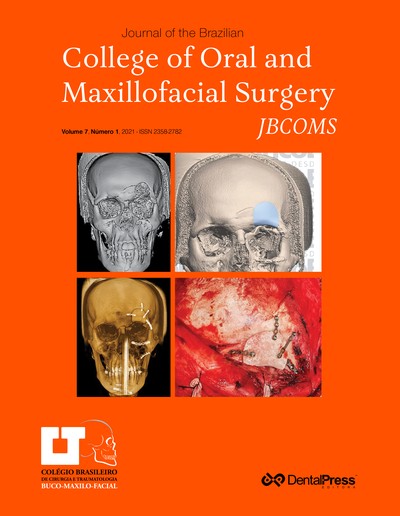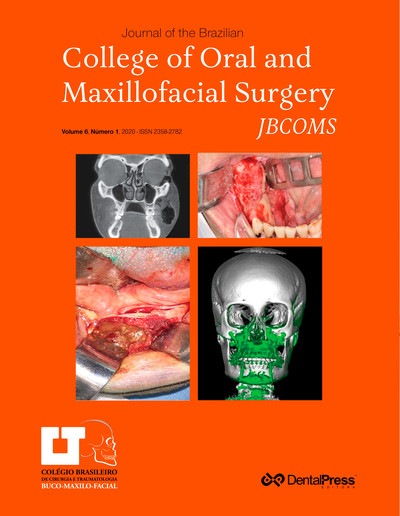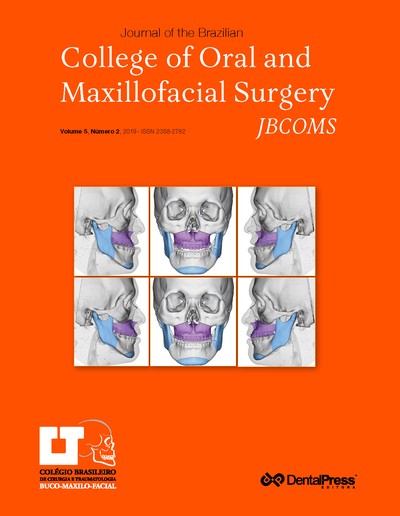
Comparison of diffusion capacity and efficacy of 4% articaine and 2% lidocaine on impacted maxillary third molars extraction
GUSTAVO MASCARENHAS, DANIELA MASCARENHAS, DARCENY ZANETTA BARBOSA, HELVÉCIO MARANGON Jr, RAFAEL MARTINS AFONSO PEREIRA, PATRICIA PEREIRA
Introduction: Anesthetic solutions have their own characteristics regarding properties such as latency, potency, and duration of action. Many authors have demonstrated the superiority of diffusion of 4% articaine solutions, although there is controversy in the scientific literature about this discussion. Objective: The purpose of this study was to compare the ability to induce palatal mucosa anesthesia and the anesthetic efficacy after superior alveolar posterior nerve block of two anesthetic solutions: 4% articaine with epinephrine 1:100,000 and 2% lidocaine with epinephrine 1:100,000. Methods: This original experiment is a cross-sectional, double-blind, randomized study of eighteen healthy volunteers, aged 14 to 26 years, with impacted maxillary third molar ex- traction indications. The diffusion ability and the effica- cy of anesthetic solutions were verified by the 11-point Box Scale, and the anxiety degree was evaluated with the Corah Dental Anxiety Scale. Results: Results showed that in healthy patients, both anesthetic solutions had the same diffusion to palatal mucosa and, presented similar clinical behavior. Conclusion: Both tested solutions showed similar diffusion capacity and anesthetic efficacy, proving to be equally suitable for use in extraction of impacted maxillary third molars.
Keywords: Lidocaine. Articaine. Anesthetics. Pain.
How to cite: Mascarenhas G, Mascarenhas D, Zanetta-Barbosa D, Marangon-Jr H, Pereira RMA, Pereira P. Comparison of diffusion capacity and efficacy of 4% articaine and 2% lidocaine on impacted maxillary third molars extraction. J Braz Coll Oral Maxillofac Surg. 2020 Jan-Apr;6(1):69-75.
Wednesday, May 08, 2024 00:24










